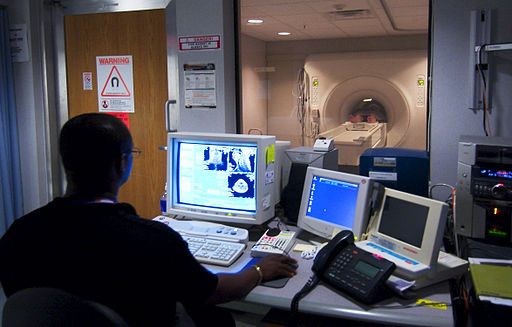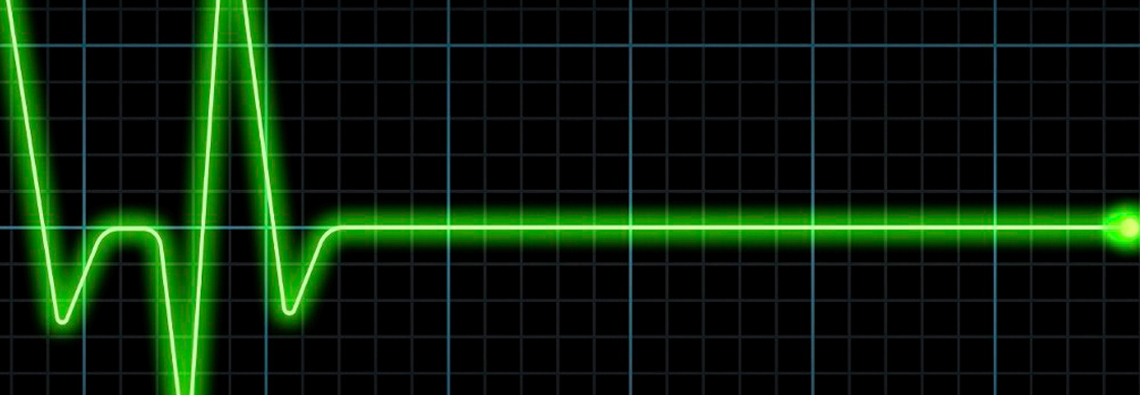By DiscoverTheOdds.com
Updated July 11, 2017
Many people have heard of Multiple Sclerosis (also called MS), however there is much about the disease that remains mysterious to most. Although the disease’s clinical presentation was documented and formally recognized as a distinct disease in the early to mid 19th century, there is much that is still under review as the subject of active and multifaceted scientific research into a variety of areas essential for understanding the disease, its epidemiology, its cause(s), treatments and a potential cure. While only rare forms of MS are considered to be fatal, its progression can lead to a dramatically diminished quality of life, up to and including severe disability in a significant number of cases. There is no known cure for Multiple Sclerosis at this time. Here, what Multiple Sclerosis is and the odds of having Multiple Sclerosis are presented.
What is Multiple Sclerosis?
Multiple Sclerosis is an “immune-mediated” disease (also commonly referred to as an “autoimmune” disease) wherein a person’s immune system attacks cells in their own Central Nervous Central System (CNS), which is comprised of the brain, spinal cord and optic nerves. This particular abnormal immune response is focused on, and results in, damage to the fatty substance called myelin that insulates nerve axons and also the axons themselves. The word sclerosis in the name of the condition refers to the scar tissue or lesions formed by the damaged myelin.
Axons are the fibers of neuron cells that transmit information to other cells and play an important role in the successful functioning of the CNS. The white matter of the brain is comprised of these myelinated fibers, carrying out the role of coordinating communication between the grey matter regions of the brain. Thus, Multiple Sclerosis disrupts communication between parts of the brain and between the brain and parts of the body as a whole.
Due to the potentially varied locations in the CNS of the underlying destructive processes at work in Multiple Sclerosis, the symptoms or clinical manifestations of this underlying activity vary over time in the person who has multiple sclerosis and from one person to the next in terms of the type of symptoms experienced and the severity of those symptoms-from mild to moderate to severe.
Symptoms of Multiple Sclerosis can include:
- Changes in sensation
- Muscle weakness
- Abnormal muscle spasms
- Difficulty moving
- Difficulties with coordination and balance
- Problems in speech or swallowing
- Visual problems (nystagmus, optic neuritis, phosphenes or diplopia)
- Fatigue
- Acute or chronic pain syndromes
- Bladder and bowel difficulties
- Cognitive impairment
- Emotional symptoms such as major depression
It is also noteworthy, however, that the extent to which the symptoms are detected, recognized and documented as outwards presentations of the Multiple Sclerosis disease process vary from one person to another and across contexts, such as geographic regions and socioeconomic strata. These disparities are evident in all stages of the treatment of the disease from pre-diagnosis through ongoing treatment and certainly impact the quality of life preserved by individuals who have multiple sclerosis, the course of the disease and the ongoing quest to understand it, to accurately quantify its prevalence across geography, class, and broad ethnic classifications, to treat it, and to find a cure for it.
What are the Odds of Having Multiple Sclerosis?
To estimate the odds of a person having Multiple Sclerosis, data on the prevalence of the disease is used.
- With the estimated prevalence of Multiple Sclerosis worldwide at 2.3 million people, the odds of having Multiple Sclerosis worldwide are 1 in 3,188.
- The odds of having Multiple Sclerosis are greatest in regions such as Europe and North American and lowest in regions such as Sub-Saharan Africa and East Asia.
- According to the National Multiple Sclerosis Society, for the average person in the United States, the odds of having MS are about 1 in 750 (.1%).
- Based on the findings from a research study on the prevalence and incidence from 1990 to 2010 of Multiple Sclerosis in the United Kingdom (the UK), the odds of the average person in the UK having MS are about 1 in 491.
- MS is 2-3 more times as common in women than in men.
- The average age of the onset of recognized symptoms is 30 years.




The calculations of odds regarding diseases is helpful for anyone who had lost aloved one to disease.